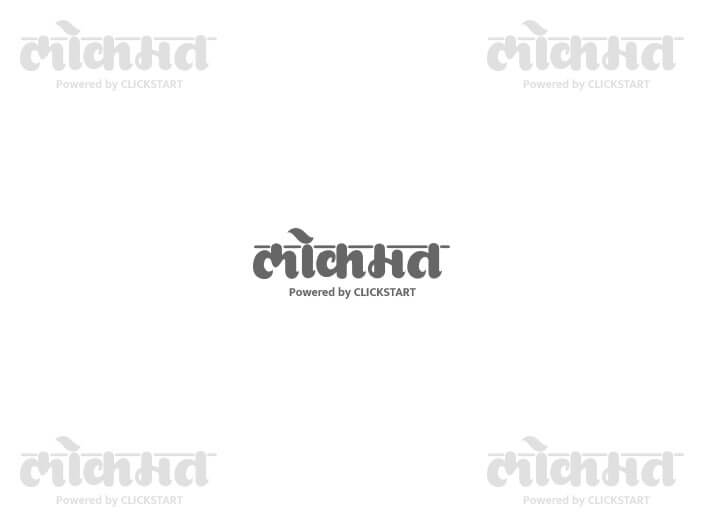India criticises 'inaccurate' UN report that its traditional culture endangered
By IANS | Updated: November 1, 2025 10:16 IST2025-11-01T10:10:28+5:302025-11-01T10:16:23+5:30
United Nations, Nov 1 India has criticised as "inaccurate" a UN report that made several far-fetched claims to ...

India criticises 'inaccurate' UN report that its traditional culture endangered
United Nations, Nov 1 India has criticised as "inaccurate" a UN report that made several far-fetched claims to assert "traditional cultural expressions" are under threat in the country, and pointed out that traditional arts, crafts and performances are thriving.
India possesses a rich and diverse cultural heritage of artistic, literary, musical, and craft traditions spanning millennia... they continue to flourish across the country," Lok Sabha member Indra Hang Subba said on Friday,
India’s "cultural economy, including traditional arts, crafts, and performances, continues to thrive with the robust popular and government support", the MP from the Sikkim Krantikari Morcha said.
"We find no empirical data that substantiates the claim of declining demand for India's traditional cultural expressions," he said.
"Recognising the immense value of this heritage, India has established comprehensive legal and institutional frameworks to protect and promote traditional knowledge and cultural expressions and the geographical indications of goods," he said.
Subba was responding to claims by Alexandra Xanthaki, the UN’s Special Rapporteur for Cultural Rights, in her report that was being discussed at the General Assembly’s Third Committee, which deals with cultural issues.
The Sikkim Krantikari Morcha lawmaker is among the MPs in India’s delegation to the General Assembly.
Xanthaki, a professor at Britain’s Brunel University, is one of the special rapporteurs, who are unpaid independent experts appointed by the UN Human Rights Council to monitor what it asserts are human rights issues and do not necessarily reflect the views of the Secretary-General or the UN.
She said in her report that "cultural expressions" in India were facing decreasing demand and were further threatened by middlemen and copyright laws.
Her report also made a strange claim that the Indian Copyright Act was of a "communal nature" and, therefore, did not adequately protect the "form of traditional knowledge and art".
Subba said: "The characterisation of protection under India's copyright law as superficial is inaccurate and unwarranted."
The Copyright Act and the Information Technology Act "provide robust mechanisms to regulate intermediaries, and protect creators’ rights, including provisions for licensing, royalty collection and enforcement against infringement", he said.
Footnotes in Xanthaki's report indicate that these observations were based on submissions from the Centre for Advanced Studies in Cyber Law and Artificial Intelligence at Rajiv Gandhi National University of Law in Punjab.
She said that threats to traditional art were "exacerbated" by AI-generated art, which imitates traditional art without crediting or compensating the creators.
Subba, however, said that "technology and new digital platforms have further enhanced the outreach of and the demand for traditional cultural expressions”.
While focusing on AI, Xanthaki mentioned that a group of major newspaper and book publishers has brought a case before the Delhi High Court, claiming that OpenAI is using their content without authorisation to train ChatGPT.
She criticised the use of AI, citing its inadequacies in creating Indian classical music and dance.
Indian classical music’s "microtonal variations known as shruti and raga cannot be reproduced by AI tools", she said, and, therefore, do not “capture the emotional essence and depth of what artists are trying to convey through the art form”.
"The widely popular dance form from Tamil Nadu has its own set of codified gestures and rhythmic sequences that become a struggle for AI", and "robs the dance form of its emotional expression", she said.
Disclaimer: This post has been auto-published from an agency feed without any modifications to the text and has not been reviewed by an editor
Open in app